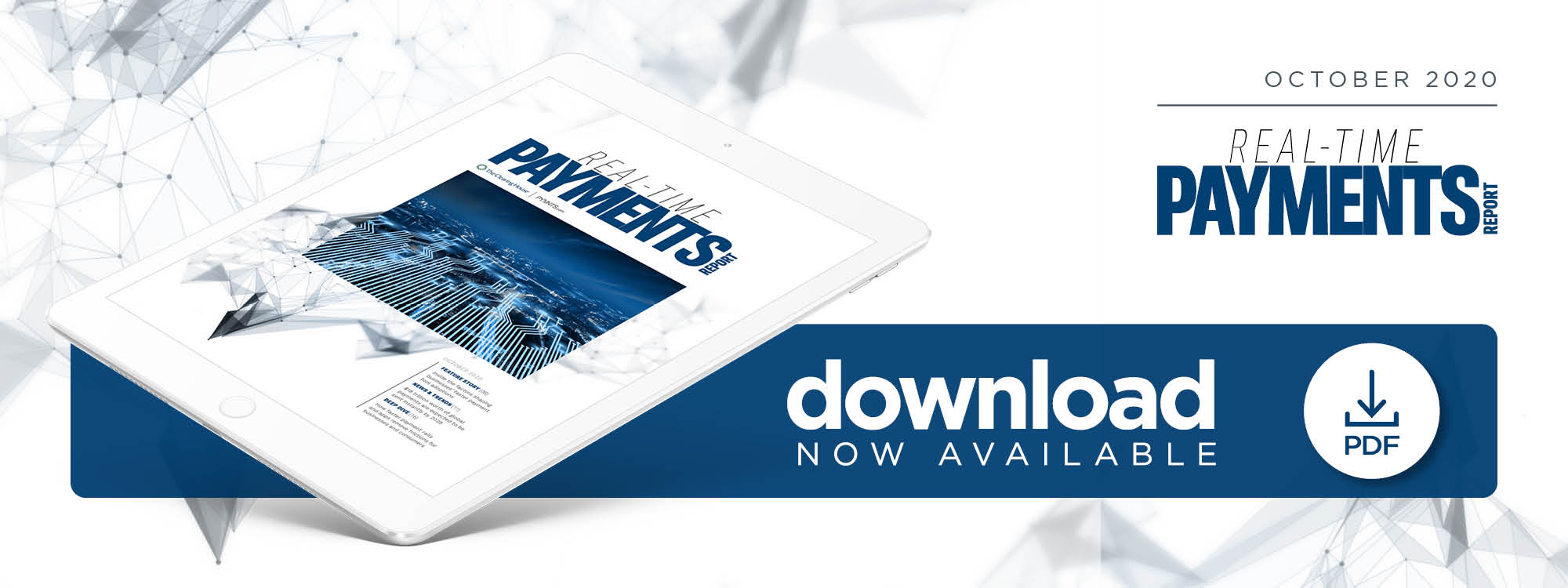The demand for faster payments is ringing louder than ever during the economic downturn.
Businesses need to maintain smooth revenue streams and are working hard to avoid being hit with painful late client payments or delayed access to their earnings while also ensuring their workers are paid promptly. Companies looking to accelerate their funding flows will find a variety of options available, but choosing the most appropriate solution is not always easy.
Employers might adopt push-to-card solutions that enable them to equip staff with prepaid debit cards, onto which earnings can be quickly disbursed, for example, while other companies may send salaries directly into payment apps. Corporate buyers that pay vendors, meanwhile, might seek to satisfy these business partners by delivering money via same-day ACH or over the RTP network. These solutions are not one-size-fits-all, though, and companies must select their tools with care.
To examine how businesses weigh factors like cash flow reporting and ease of adoption to arrive at their decisions, PYMNTS caught up with Adam Carter, vice president of global treasury management, faster payments at U.S. Bank, and Sara Cichoski, vice president of eEnterprise money movement at U.S. Bank, representing Elavon, a merchant-focused payments processing provider and U.S. Bank subsidiary.
Collecting Revenue Fast or Fee-Free
Advertisement: Scroll to Continue
Businesses are struggling with cash flow during the pandemic, making receiving quick payouts a high priority, according to Cichoski. Elavon processes payments on behalf of merchant clients and gives them several options for how to receive the funds, such as via ACH or real-time payments on the RTP network, with companies typically focusing on price and speed when determining which method to request. Money delivered via ACH can take several business days to arrive, whereas same-day ACH and the RTP network provide funds faster but at a small cost, and businesses may make different calculations regarding which factors are more important to them.
“You can do standard ACH that’s free and it’s slow, or you can step up and go to same-day ACH or RTP,” she said. “It depends on, ‘Is that customer really cash-strapped? Is getting those funds same day important to them? Or are they a bigger company where maybe they don’t want to pay a monthly fee to get paid faster?’”
Pandemic-induced economic disruptions have hit small- to medium-sized businesses (SMBs) especially hard, and these firms must protect steady cash flows to survive. Cichoski said that these smaller players often find that the monthly fees are worthwhile if it means receiving payouts sooner, with even a two-day wait for funds to travel through ACH proving problematic for some operations. An example could be a restaurant owner who closes up Saturday night and needs to be able to access that evening’s intake by the next morning to afford the ingredients necessary to open the next day.
“If they have that RTP [network] funding, they can close out their batch and get funded Saturday night and have the funds to be able to go to the grocery store and stock up and be able to open on Sunday,” Cichoski said. “Whereas if they’re waiting for an ACH [deposit], they won’t get the funds until Monday or Tuesday, which could be a deal breaker for them, depending on how big or small they are.”
Managing Cash Flow Reporting in B2B
Seamless cash flow is not the only consideration businesses have when debating whether to adopt real-time payments on the RTP network, Carter noted. Businesses also prioritize having up-to-date financial status data that will enable them to carefully oversee liquidity across all their various bank accounts and to make accurate decisions.
U.S. Bank has found that some business clients are cautious about sending and receiving payments via 24/7 rails until they understand how the financial reporting will be handled so they can maintain accurate data visibility in a faster transaction environment.
“We’ve had conversations with businesses that want to understand, ‘OK, if I get a real-time payment at 1 a.m. on a Sunday, how is that going to impact my [cash] position? Is it going to flow into my reporting in a way I can easily adjust to, or will [the bank] start sending me reports on Sunday as well?’” Carter said.
These kinds of concerns have led to companies being somewhat slower to adopt the RTP network for B2B use cases, he said, instead focusing on using the network for simpler situations like delivering payroll, insurance claim disbursements and other funds to consumers who do not need that same level of financial data.
“On the consumer side, [cash flow reporting is] not a concern,” Carter said. “If you’re expecting to be paid, whether that’s for your expenses, payroll or commission, you just want the funds to arrive as quickly as possible and aren’t worried about how that impacts your positions across multiple banking relationships.”
Accelerating Payroll
Delivering quick payroll is a prime concern for many companies, and employers looking to improve how they deliver earnings to employees often consider options like payment apps, push-to-card disbursements and the RTP network. Push-to-card offerings are reportedly particularly useful in paying unbanked employees quickly by providing alternatives to paper checks. Carter noted that payroll transactions sent to prepaid cards or digital wallets are often secured via tokenization — a desirable feature. This security measure ensures that unique, one-time codes are transmitted in place of account information and other sensitive data, preventing hackers from being able to steal and use the details.
Using the RTP network can be simpler and more compelling for some types of businesses, such as those already accustomed to delivering payroll via ACH direct deposit. These employers may find it easy to transition to the RTP network because they have already collected the bank account details needed for delivering such payments, according to Carter.
“Customers used to making payments via ACH are already going to have [routing numbers] and [demand deposit account details] associated with those employees or contractors who are going to be receiving funds, so transitioning over to an RTP [network] solution is seamless,” he said. “All they need to do is take the same details they had in the ACH file and put it into an RTP [network] file.”
Employers using the RTP network can also avoid concerning themselves with maintaining payment card industry (PCI) compliance — a must for businesses using push-to-card options — or with having to introduce workers to new tools like payment apps. The RTP network still comes with limitations, however, as companies seeking to leverage this method must ensure that their employees hold bank accounts at FIs participating in the network. Fifty-six percent of demand deposit accounts in the U.S. are connected to the network at present, and more are expected to join over time.
Businesses are facing an economic environment in which fast disbursements of vendor payments and employee payroll are increasingly important, and they will need to carefully select the payment tools that can help them tackle this need. Different priorities around budget, data management and adoption processes will lead companies to specific tools, even as they work toward the common goal of swifter transactions.





